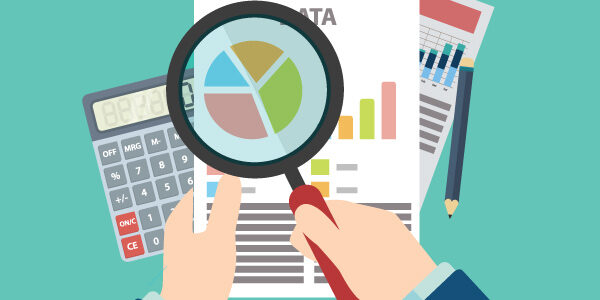Three Tips on Identifying the Validity of Signatures in Documents
Three Tips on Identifying the Validity of Signatures in Documents

13 Jun 2017
Documents are all forms of writing found on a particular tool / paper / place, used for particular purpose. As time and technology developed, false documents are often found.
False document is a document that has been fully/partially altered by violating the rights, made by a person with certain purpose, and may be presented as evidence. One of the most frequently forged in a document is a signature, as a proof of legality of the document.
Things that should be taken into account on identifying the validity of signatures in documents are:
-
- Identifying the base of the document, which consists of:
- Media used to write the document. It may be a written document or an electronic document;
- Contents of the document;
- Legality of the document. It is viewed from the handwriting and/or the signature, and/or the seal of the document.
- Gathering things that are suspected of being falsified. Whether it is the entire contents of the document, the signature, or the seal used in the document.
- Identifying the base of the document, which consists of:
The alleged documents can be in the form of documentary evidence or questioned document.
Documentary evidences are all documents used/made/came as the result of a criminal action/violation of the Law, e.g. signature, handwriting, typewriting, seal, printout, deletion/changes, the age of the documents, and reasonableness of the documents.
While the questioned documents are the disputed documents or the questionable documents that needs to be examined further.
- Gathering comparative evidences. Comparative evidences are all documents known and believed to be valid and used as comparison in verifying, investigating or examining documentary evidence or questioned document.
There are two ways to gather comparative evidences, collected and requested comparative documents. Collected comparative documents are the already existing documents, e.g. diploma, deeds, and others. Requested comparative documents are drafted in front of the authorized official in connection with the documentary evidences and questioned documents. For example, if the signature is forged, the way to gather comparative evidences is having the concerned person to sign several times before the authorized official.
BP Lawyers can help you:
We can assist you in providing the best solution to the legal program of your business or your company’s. You can contact us via bpl@smartlegal.id or +62821-1234-1235
